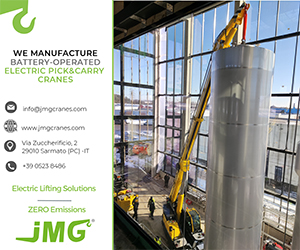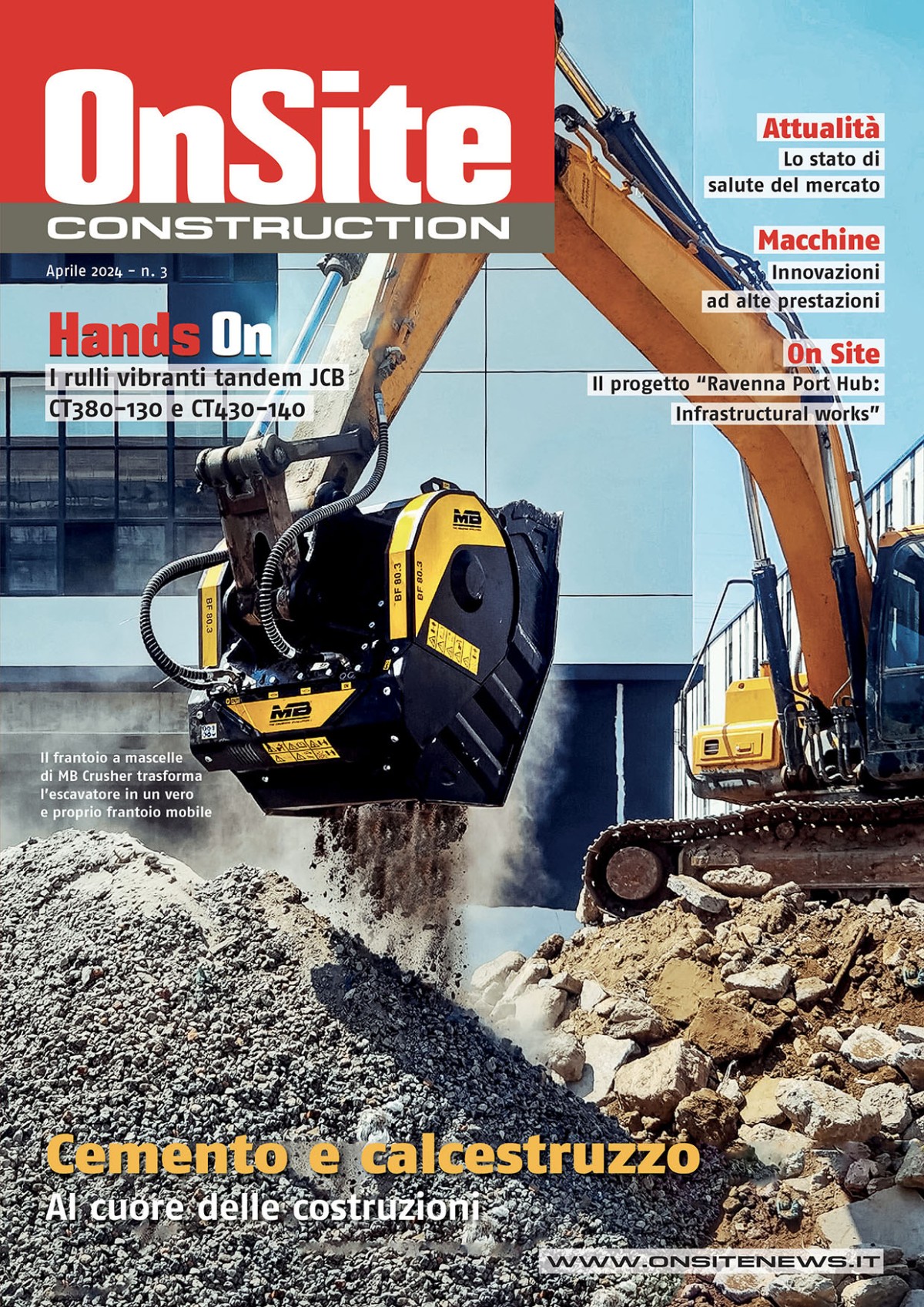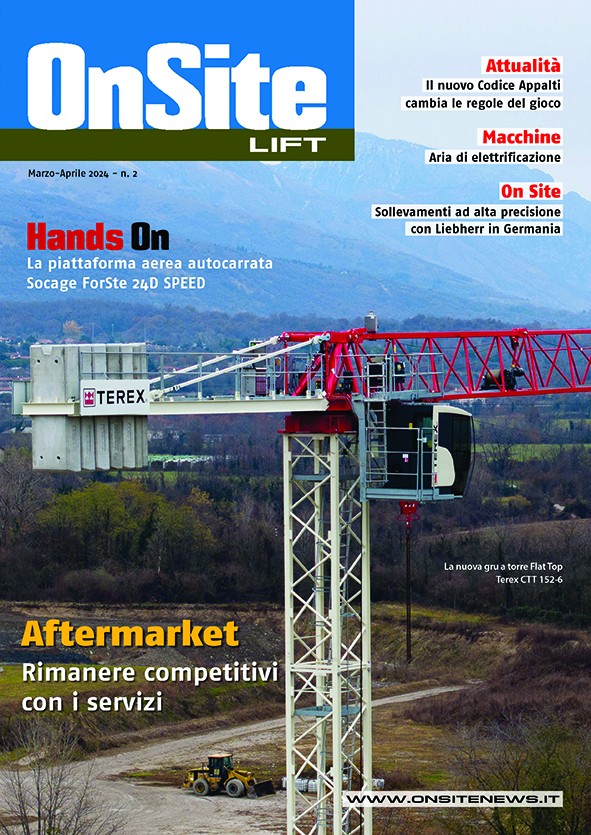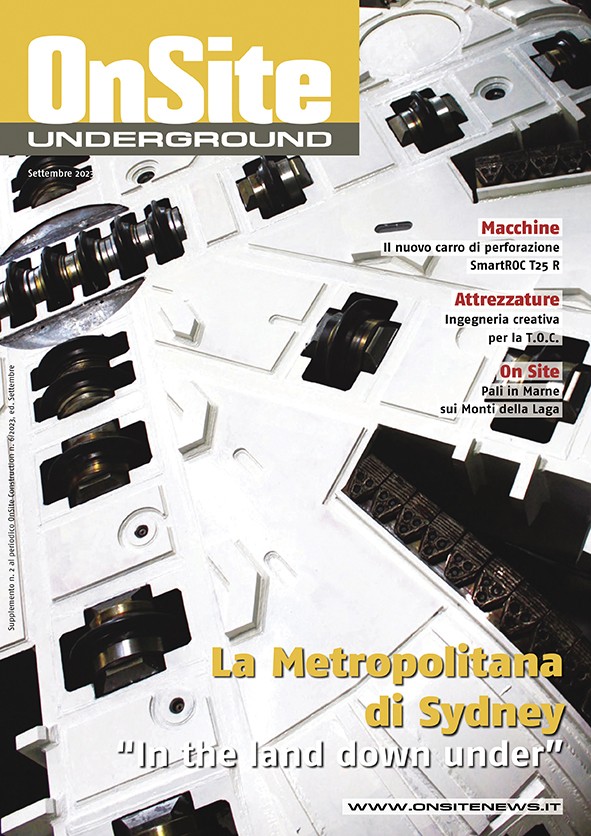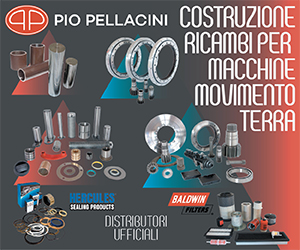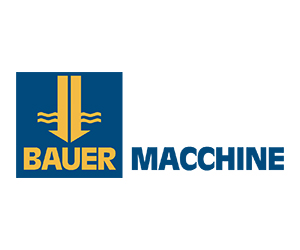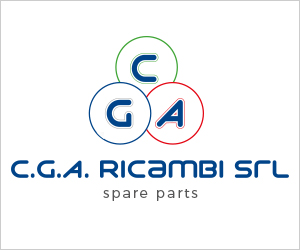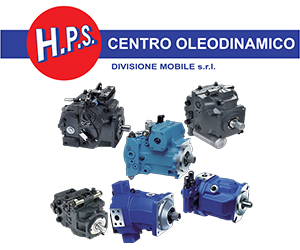Home \ International \ The WOLFF 235 B Luffing Jib Crane
The WOLFF 235 B Luffing Jib Crane
28/09/2022
Pubblicato da Ettore Zanatta

At Bauma 2022 Wolffkran will show the WOLFF 235 B Crane with the new connecting frame to the 1.5-meter TV 15 tower system.
Time is money. On construction sites, this applies to not only the performance of a crane but also its assembly and maintenance characteristics. A premise that was the top priority when developing the WOLFF 235 B. The latest WOLFF luffing jib crane scores exceptionally well on confined city construction sites with a high volume of concreting work. Not least thanks to the new TVR 2015 connecting frame providing the transition from its 2.0 m tower connection to the new 1.5 m TV 15 tower system, enabling the City Allrounder to fit into elevator shafts conveniently.
“The WOLFF 235 B was developed in close collaboration with WOLFFKRAN customers. The result is a WOLFF with a proven duty chart that is unrivalled when it comes to assembly and versatility,” says Wouter van Loon, Product Manager at WOLFFKRAN.
Although WOLFF cranes are generally easy to assemble, the manufacturer has raised the bar to yet another level with its latest model. As a result, the hoisting gear of the new WOLFF 235 B is positioned on the jib rather than the counter jib as is typical. “This makes it possible to reeve the hoisting rope on the ground and thus completely pre-assemble the entire jib,” explains Wouter van Loon and adds: “As well as being very convenient and safe, it is also a novelty for luffing jib cranes of this size.”
The luffing gear can be mounted either on the counter jib or on the tower top during the assembly process, which offers more flexibility with regard to the size of the mobile crane. The second option has the advantage that the entire tower top including the luffing gear with pre-reeved pulley block can be transported and lifted onto the crane as a single unit, which is an enormous time saver. “In addition, the cabin platform with the WOLFF Cab and switch cabinet can be placed on the empty counter jib during transportation,” says van Loon. Further, overall low component weights ensure that a WOLFF 235 B can assemble another of its kind at a jib radius of 40 meters – a very popular process on multi-crane city sites where space is often an issue and also saving on time and money for a mobile crane.
The WOLFF 235 B offers a maximum load capacity of 8 tonnes in single-fall and 16 tonnes in 2-fall operation and jib lengths from 30 to 60 meters. Designed to deliver its best performance with a 50-meter jib, it outperforms its competition with a tip load capacity of 4.1 tonnes. Its efficient 60 kW hoisting winch allows for working speeds of up to 130 m/min and a rope storage capacity of 620 meters. That all makes it the ideal crane for high-rise construction with reinforced concrete. It comes with a connection to the 2-meter tower UV/TV 20 and can reach a maximum freestanding height of 82 meters using standard components from the modular WOLFF tower system. Combined with the new TVR 2015 connecting frame, presented for the first time at bauma 2022, it can freestand 41 meters on the new 1.5 x 1.5-meter TV 15 tower system. This means that the city crane also finds a place in elevator shafts. "When developing the TVR 2015, we also took to heart the feedback from our customers who wanted a way to place city cranes like the WOLFF 235 B on a slim tower to position it in elevator shafts or even closer to the building," says Wouter van Loon.
Another downtown feature: the active absorber. Thanks to it the WOLFF 235 B achieves a smaller minimum jib working radius of 10 percent of the jib length. The steeper jib position means that the load can be picked up closer to the tower, which is a particular advantage at cramped city construction sites, as trucks can be unloaded closer to the crane and loads do not have to be lifted over adjacent roads.
In addition to performance and flexibility, the focus of the development was also on the economic maintenance of the crane, which led to the decision to use an identical winch for both the hoisting and the luffing gear: The 60 kW Hw 1660 FU winch is installed in numerous other WOLFF crane models, as are the slewing gear and frequency inverters. Aside from integrating proven technology, this stands for economical warehousing as fewer different spare parts have to be stocked and also simplifies training of service technicians. The same principle applies to the 8-tonne counterweight blocks that are used in all next larger WOLFF luffing jibs cranes. “It is also worth mentioning that the WOLFF 235 B manages with only four counterweight blocks which means that only four lifts are required for the complete ballasting of the crane,” explains van Loon.
Further features facilitating maintenance include the use of maintenance-free multi-disk brakes and the positioning of the luffing gear at the bottom of the tower top. The latter allows particularly convenient and safe access to the luffing gear from the counter jib. The slewing gear can be serviced from an auxiliary platform.
For the WOLFF 235 B, the proven WOLFF crane control has been enhanced with a brake testing function allowing the main and secondary brakes to be tested independently of each other. Further included as standard is the WOLFF Link remote diagnostic and maintenance tool with real-time display of the crane operator’s monitor, fine drive modes and automatic power optimization for the hoisting and luffing gear, an anti-collision interface, as well as the WOLFF Boost function increasing load capacity by 10 percent. The WOLFF 235 B has been on market since 2020 and is used on city construction sites in Europe and the United States.

Ultime notizie di Wolffkran Gmbh

Lifting
28/03/2024
Wolffkran enters into joint-venture in Saudi Arabia
Wolffkran entered into a joint venture with the Zamil Group,...

Lifting
21/02/2024
WOLFF cranes construct a new US hospital in Weilerbach
Thirteen WOLFF cranes are working on the mega project on beh...

Lifting
09/02/2024
WOLFF Assist: Revolutionizing service in real time
WOLFF Assist is the digital remote maintenance system – hand...

Lifting
18/12/2023
Eight WOLFF cranes help build new Zeiss site in Jena
For the construction of this building with a total gross flo...
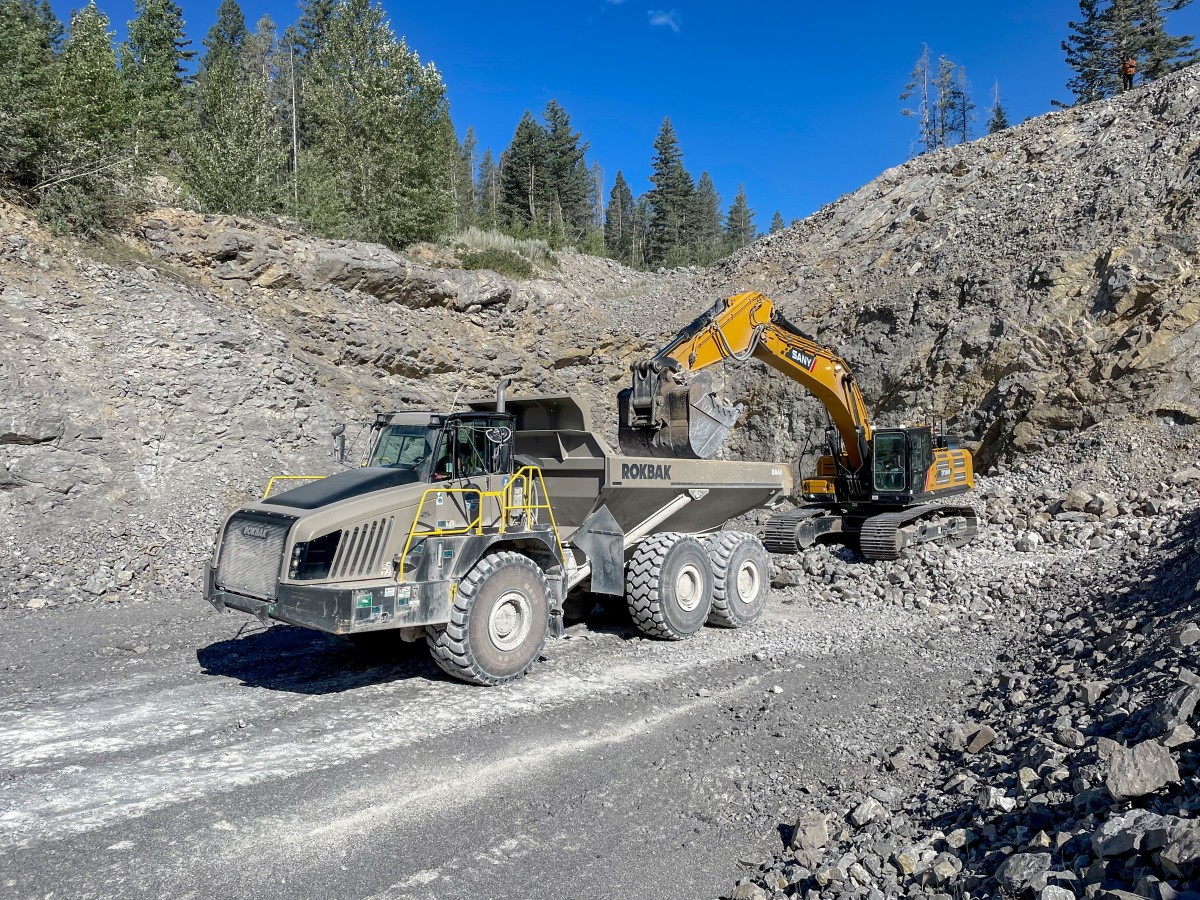
Lifting
25/09/2023
Rokbak RA40s rocking the Rockies
Jura Creek Enterprises has purchased three Rokbak RA40 artic...

Lifting
31/07/2023
Three WOLFF cranes build a new department store on the "Mahü"
Austrian contractor Habau Hoch- und Tiefbaugesellschaft m.b....
Altri International
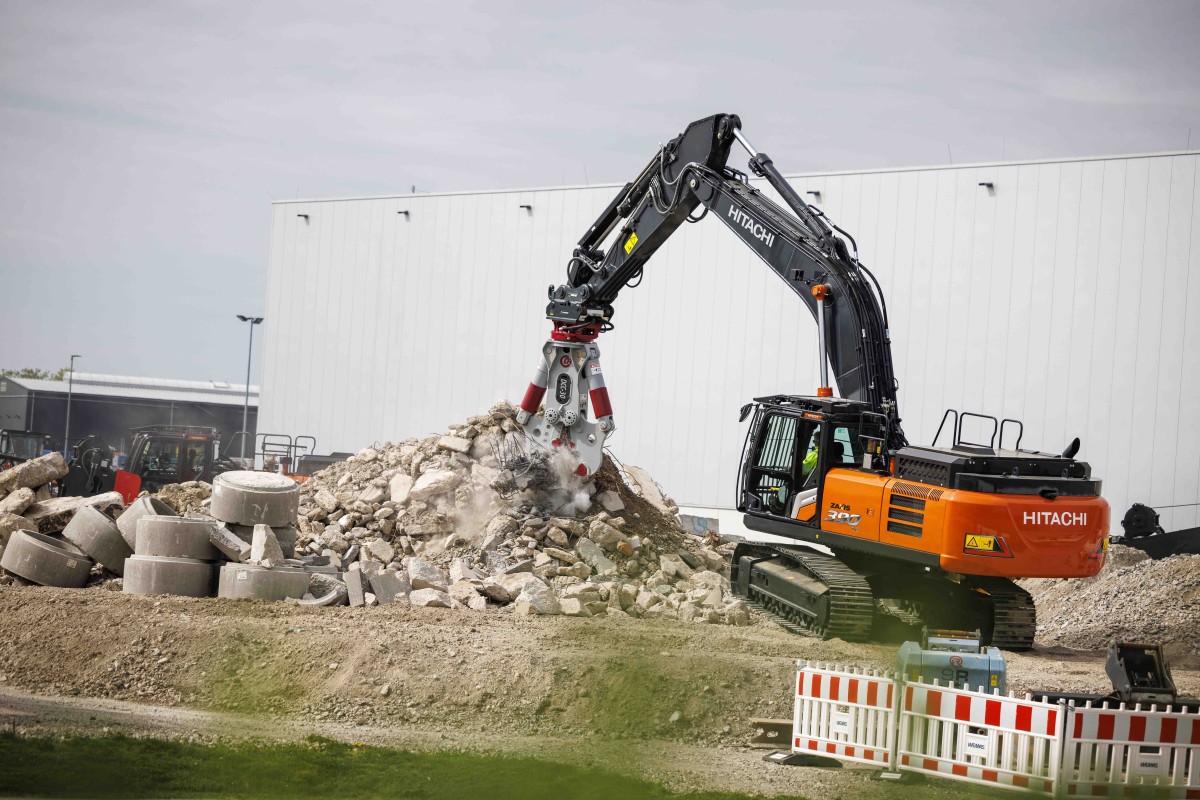
International
19/04/2024
Hitachi presents specially adapted ZX390TC-7 excavator at Intermat
Hitachi Construction Machinery (Europe) NV (HCME) will displ...
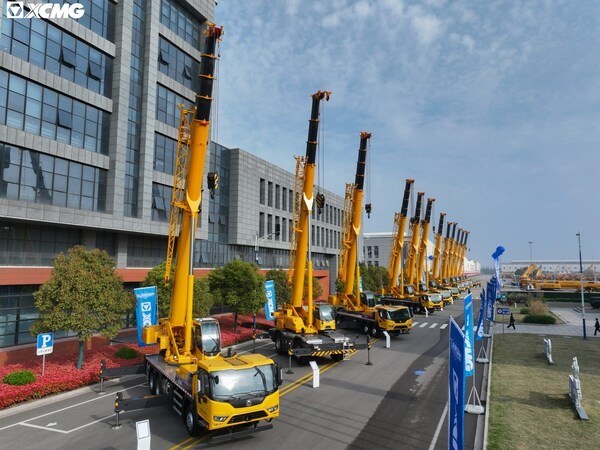
International
19/04/2024
XCMG unveiled its premium G2 crane brand
G2 Integrates the whole process of product application, main...
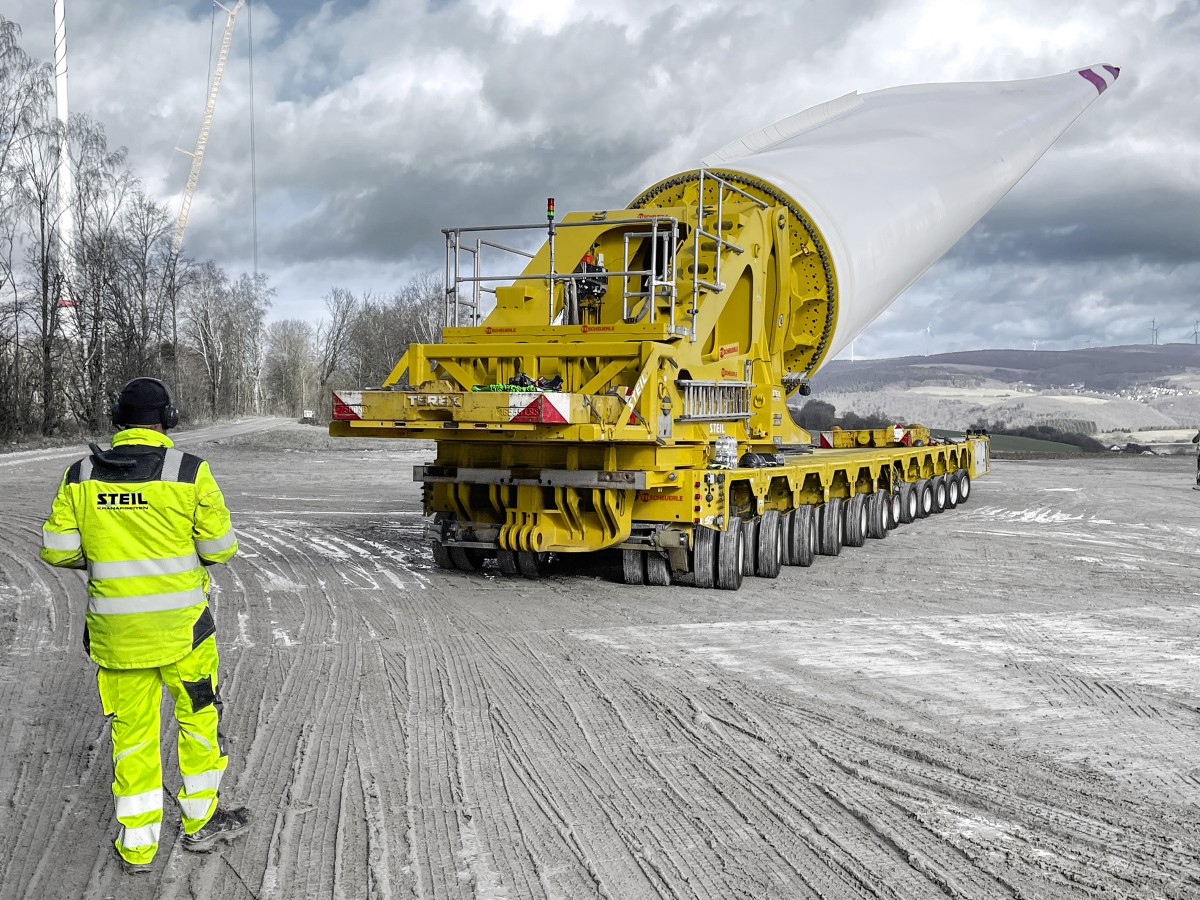
International
18/04/2024
BladeLifter from TII SCHEUERLE is the perfect choice for even the longest rotor blades
The fourth generation SCHEUERLE BladeLifter allows all fleet...
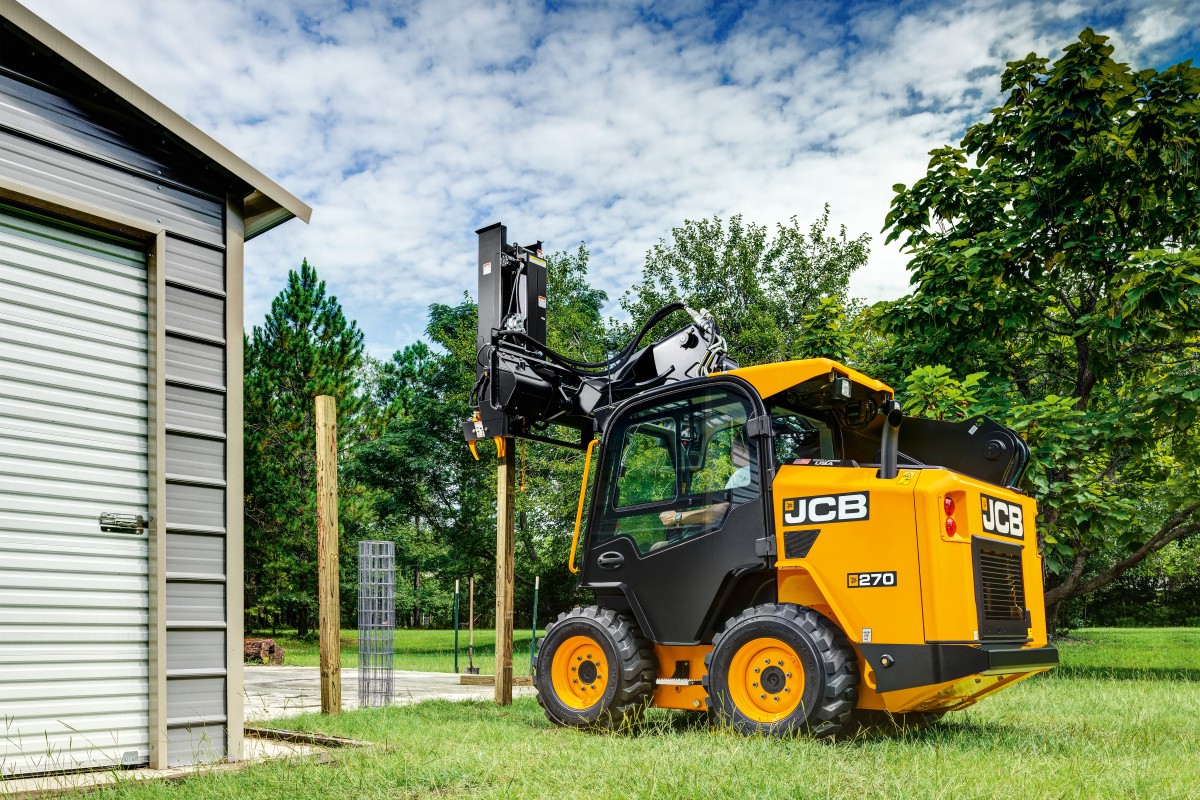
International
18/04/2024
JCB: Stage V Powertrain for large platform Skid Steer Loaders
JCB has launched EU Stage V compliant versions of its large...
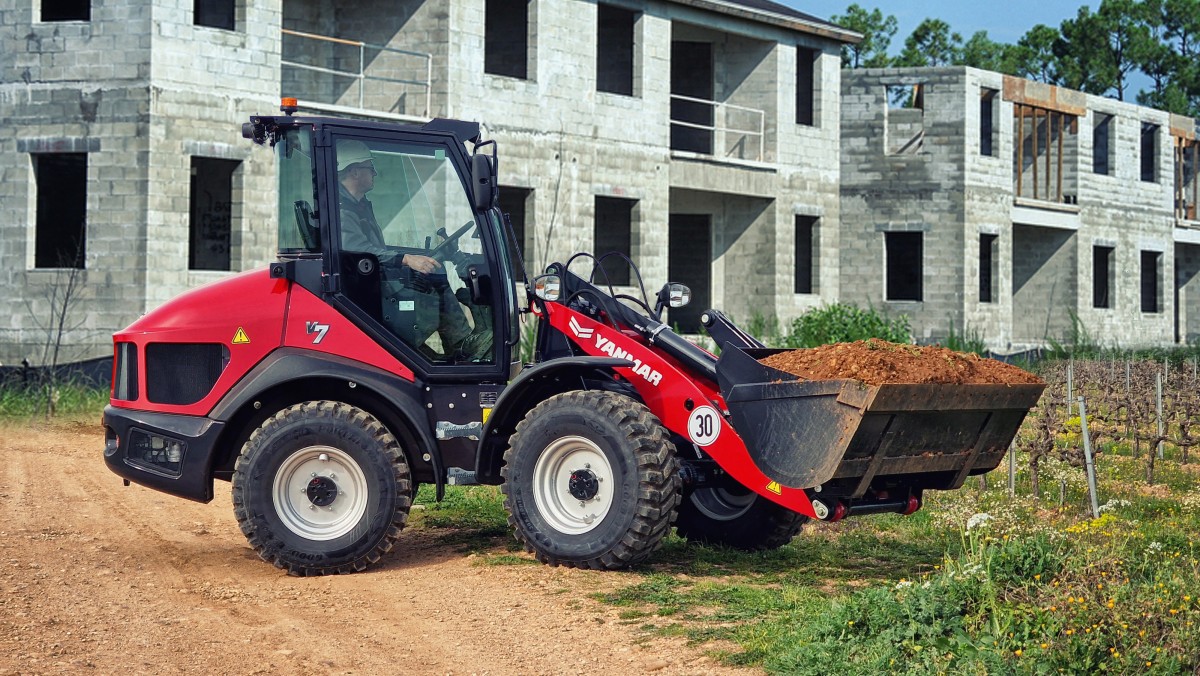
International
17/04/2024
Color change signals bold new era at Yanmar CE
Yanmar Compact Equipment is undergoing a shift in its approa...
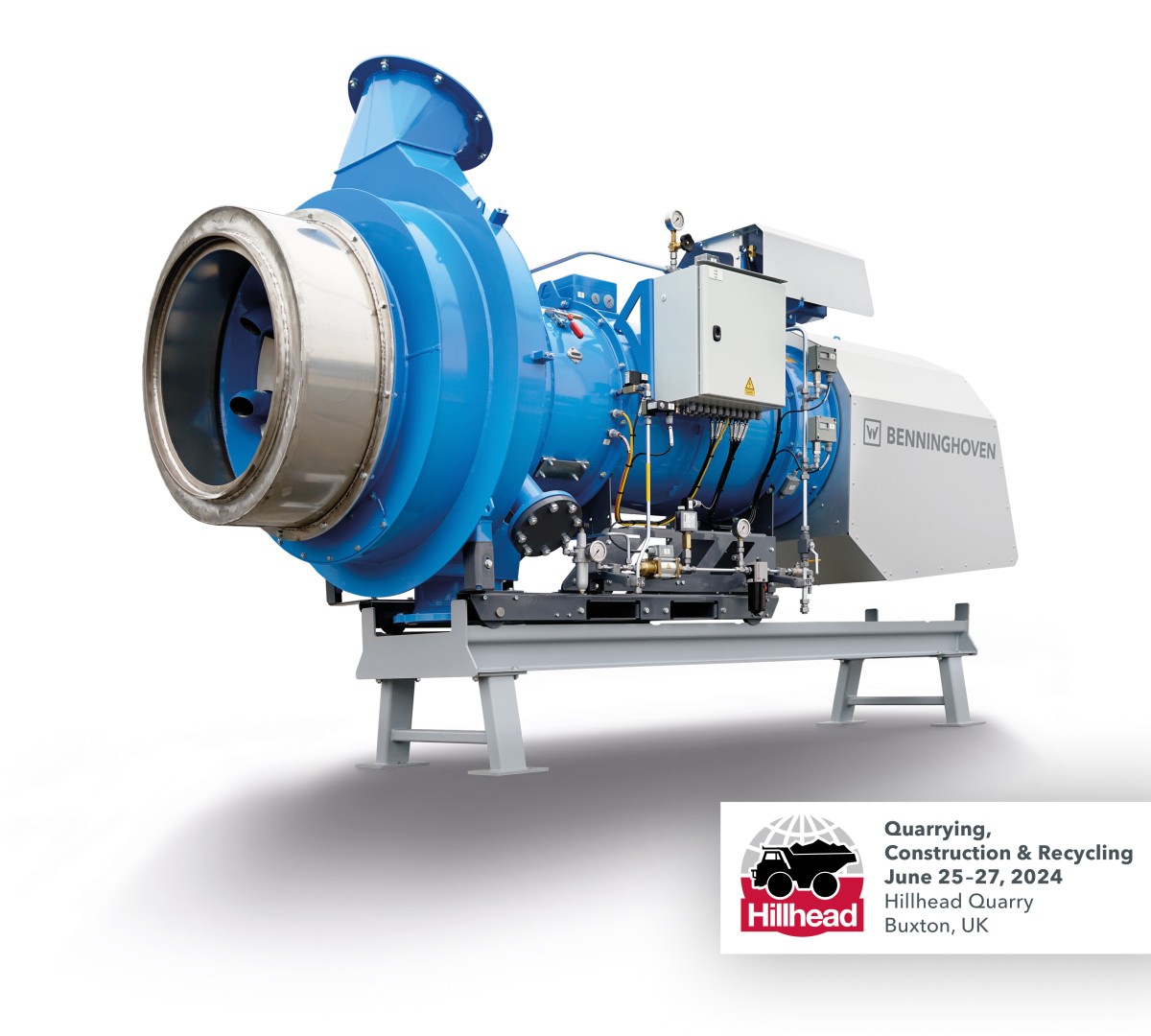
International
17/04/2024
Wirtgen Group presents numerous premières for the British market
Smarter. Safer. More Sustainable. This is the theme of the W...

















